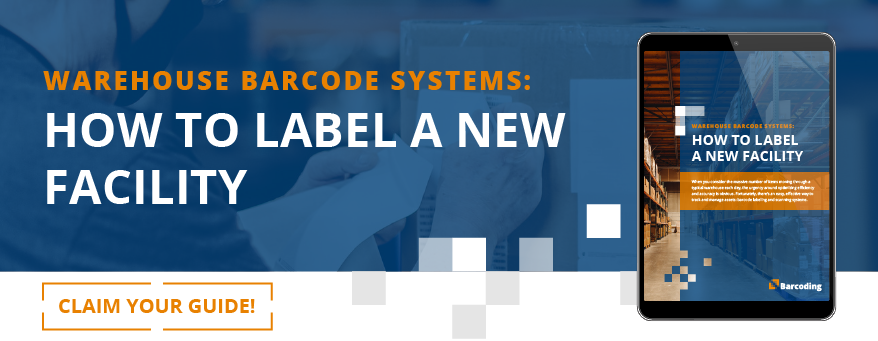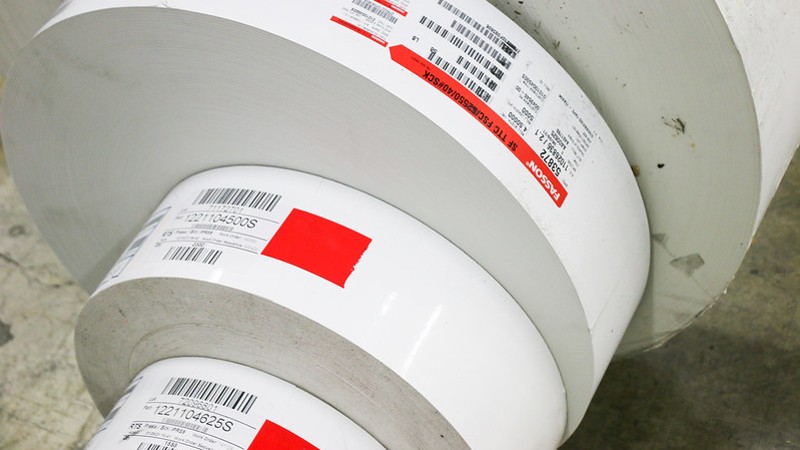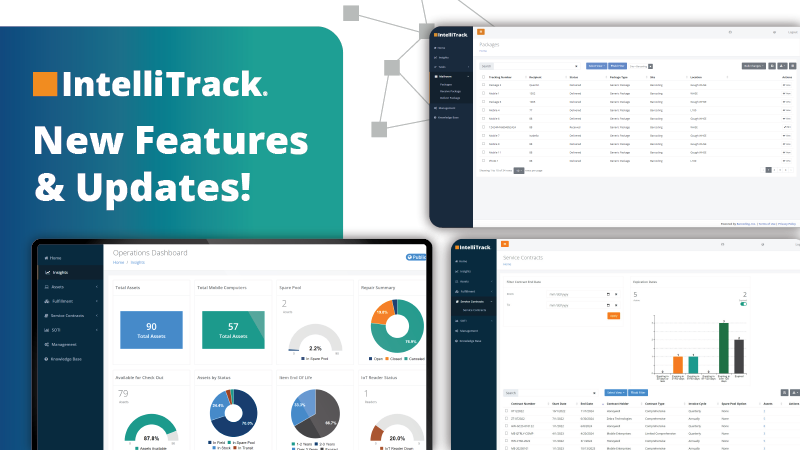We don’t know anyone who wakes up in the morning thinking, “There’s nothing I’d rather do today than re-label the warehouse!” That is, until their current labeling system is no longer performing as it should, and has become an obstacle to their operational success.
The performance of warehouses and distribution centers is measured in speed, efficiency, accuracy, productivity, and safety—and your warehousing labeling system can either support those KPIs or undermine them.
Even so, updating a warehouse or DC with new rack labeling requires a budget, significant planning, and operational downtime. So it’s a project many operations managers put off as long as they can. Of course, the longer you put it off, the more your warehouse or DC performance can suffer, and no one wants to end up in a downward performance spiral, either.
Here are seven easy-to-spot signs that your warehouse labeling system is due for an upgrade, and you probably can’t afford to put it off any longer:
- Broken, missing, or visibly worn labels and signs
- An increase in misplaced inventory and shrinkage
- Overages, shortages, and stockouts
- Mispicked orders
- Falling productivity
- Rising inaccuracy
- Frustrated workers
1. Broken, Missing, or Visibly Worn Labels and Signs
Some indicators are more obvious than others, and this one’s hard to miss. When labels are faded, worn, torn, or otherwise difficult or impossible for scanning devices to read, they’re no longer serving their intended purpose. Workers shouldn’t have to find work-arounds for worn-out labels and barcodes.
2. Increases in Shrinkage and Misplaced Inventory
There are multiple reasons for product losses in the space between receiving and distribution or point of sale—but it’s hard to fight the problem without regular, systematic checkpoints throughout your workflows. A properly designed warehouse management system can help you identify and pinpoint just where items fall off the radar, so you can discover whether the issue is theft, fraud, or an administrative mistake.
3. Product Shortages, Stockouts, and Overages
The current supply chain landscape has amplified these challenges, but when they become commonplace in your operations, that’s a serious problem. You need to manage your inventory to minimize carrying costs and optimize turn, but it’s easy to lose customers to stockouts. Your barcode labeling system should be an effective tool in your arsenal, not part of the problem.
4. Mispicked Orders
If you’re fortunate, the quality checks built into your warehouse or DC workflows will catch mispicks before they ship. If you’re not so lucky, costly returns can become a routine drain on your operation’s profitability.
A decade ago, the average mispick cost $22. In 2020, that average was estimated to be as high as $100. So even if you’ve been disciplined and reduced mispicks, if order values are up, the cost of each mispick is likely to be higher, too. A mispick’s costs can ripple out, too: labor, shipping, unsellable inventory, customer service and support … losses in multiple directions.
5. Drops in Productivity
Employees are smart and resourceful, especially when compensation rates depend on productivity goals. So falling productivity can take time to recognize and pinpoint. But if problems with your current warehouse labeling system are driving down productivity, it’s just a question of time. How long do productivity losses need to add up to justify implementing an update?
6. Increasing Inventory Inaccuracy
Successfully operating a warehouse or DC revolves around knowing what you have and where you have it—at all times. A cycle count’s accuracy peaks the moment it’s finished, and manually completed counts are notoriously inaccurate to begin with. Shrinkage, shortages, overages, and stockouts all point to inaccurate inventory, so if you’re seeing increases in these problems, your accuracy is likely to blame.
7. Frustrated Warehouse and DC Workers
If your labeling system isn’t delivering the goods, it’s doing the opposite: slowing workers down, limiting their productivity, and generally making it harder to succeed at their jobs. That doesn’t just cost your operations money and time; it could also cost you employees. Workers everywhere are evaluating their on-the-job experiences and comparing their options. If a competitor’s systems are up-to-date, efficient, worker-friendly, and easy to use, is it fair to expect them to stay?
Take Advantage of Opportunities to Upgrade
You don’t have to wait for signs your warehouse labeling system’s starting to fail you. Consider whether you’re facing an occasion when it makes sense to add a warehouse labeling overhaul. For example, if you’re incorporating a new warehouse management system (WMS), it's an ideal time for a system-wide refresh. You can maximize the new system’s impact while streamlining the introduction of new technologies, devices, and automation.
Other opportunities to take advantage of timing include:
- Major changes or additions to inventory
- Expanding a footprint or adding facilities
- Incorporating ecommerce and/or omnichannel fulfillment
When You Make the Decision to Upgrade, Do it Right
There’s a reason ops managers often procrastinate when it comes to updates to warehouse labeling systems. It’s time-consuming. It draws resources away from other tasks and can cause shutdowns or slowdowns. It demands research, planning, budgeting, and decision-making.
There’s also plenty of opportunity for error: mislabeled racks, switched code colors, products out of sequence, incorrect or inconvenient label placement, etc. Choosing the right material, labels, printing technologies, software, and scanning equipment can be daunting, too. The choices (and room for error) can seem infinite.
That’s why it’s so helpful to consult with a team of experts before you kick off your warehouse labeling project. A partner like Barcoding knows warehouse labeling systems inside and out. We bring experience, proven warehouse rack labeling ideas, deep knowledge of materials and technologies, and a commitment to helping you find the solution that delivers ROI—fast and for the long haul.
Get started with the fundamentals of warehouse labeling by downloading our free guide, How to Label a New Facility. You’ll get a clear picture of the most important considerations, well in advance of implementing a new system. Click below to get your copy now.







